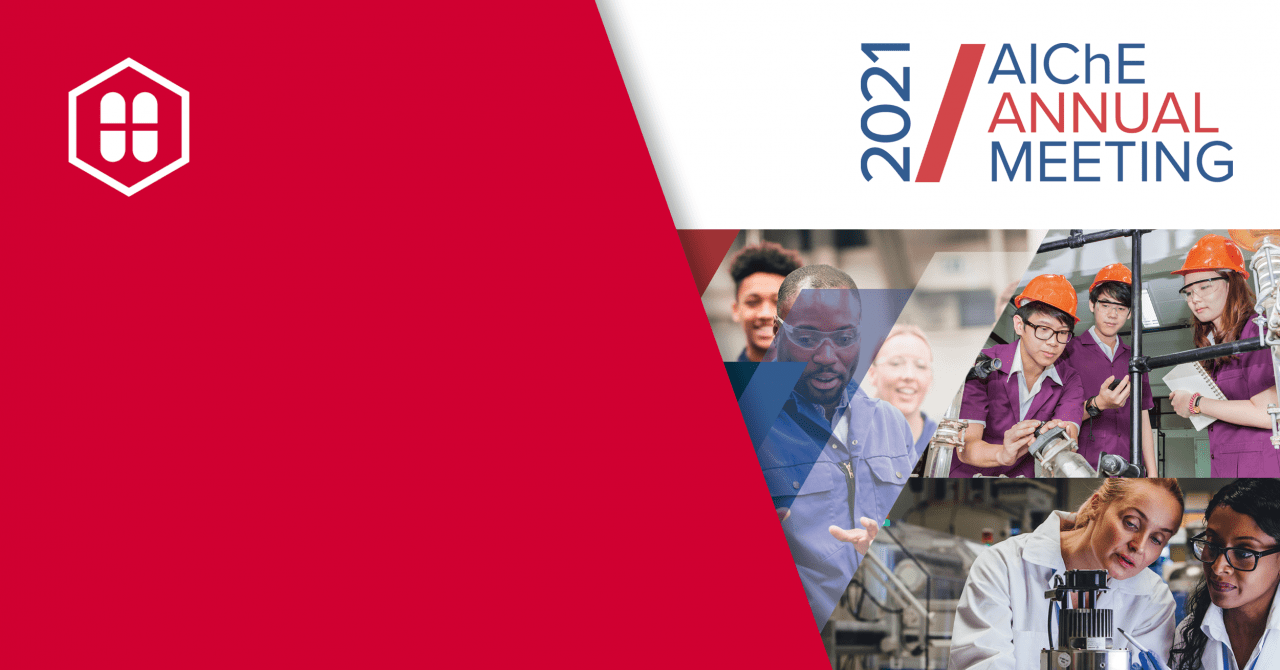Meet Hovione Scientists virtually at 2021 AIChE Annual Meeting and find their exciting presentations on the latest research and innovations:
Date: November 15th, 2021
|
Title: Enabling Continuous Antisolvent Crystallization Using Hollow Fibre Membranes Session: Virtual Crystallization and Evaporation Talks |
Date: November 16th, 2021
|
Title: Process Safety Evaluation and Scale-up Resorting to Mechanistic Modelling for Exothermic and Gas Release Reactions Session: Predictive Scale-Up/Scale-Down for Production of Pharmaceuticals and Biopharmaceuticals |
|
Title: Reaction Kinetic Modelling Coupled with Process Safety Calorimetry for Effective Scale-up of an Exothermic Reaction Session: Predictive Scale-Up/Scale-Down for Production of Pharmaceuticals and Biopharmaceuticals |
Date: November 18th, 2021
|
Title: Spray-Dried Amorphous Solid Dispersions for Nasal Delivery: Development, Characterization and Performance Session: Advances in Drug Discovery and Drug Delivery |
Schedule a meeting with our experts
We will work together to ensure successful scale-up even with the tightest development timelines


